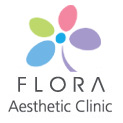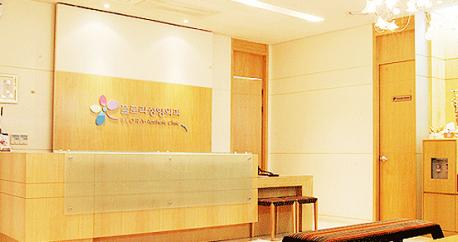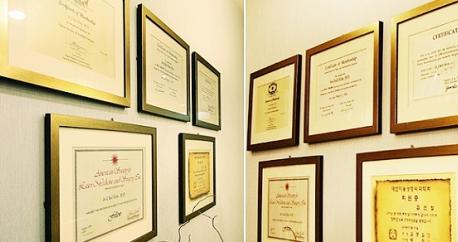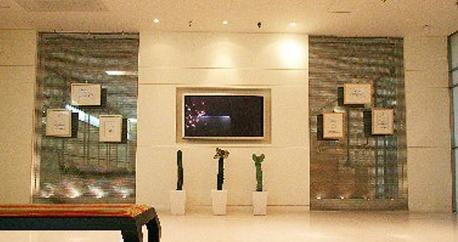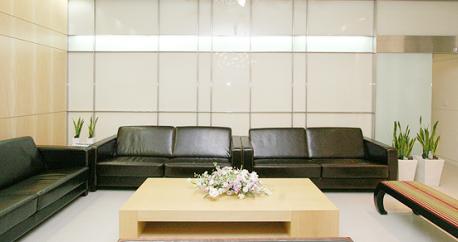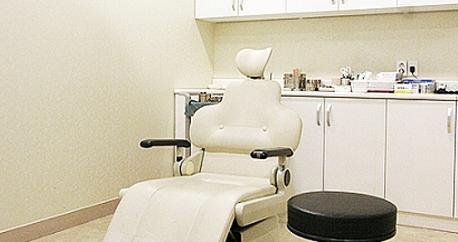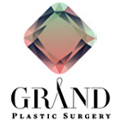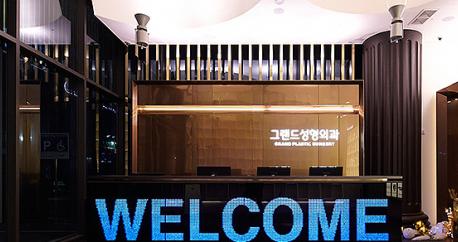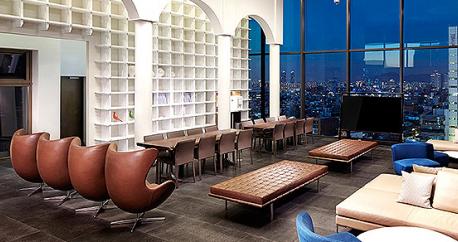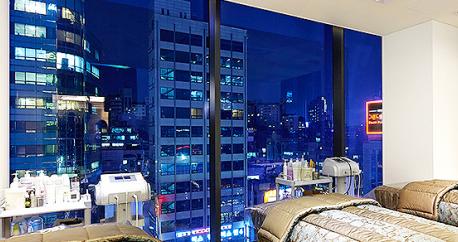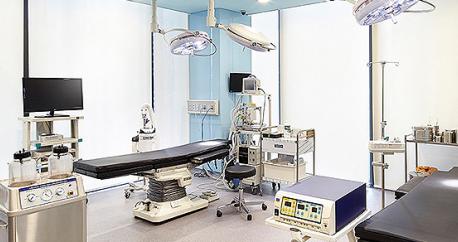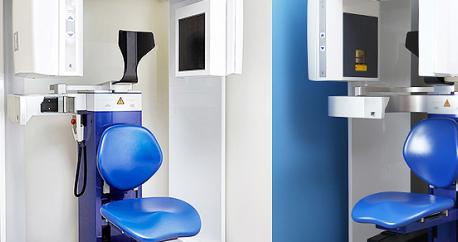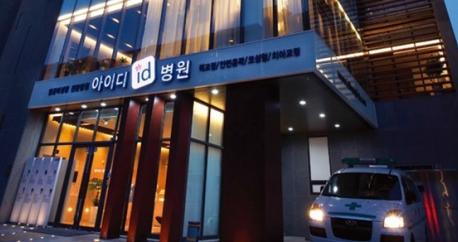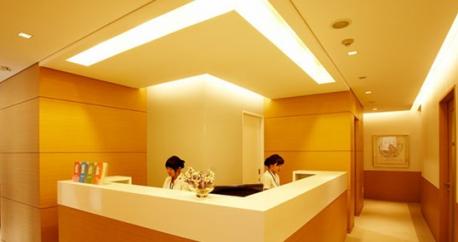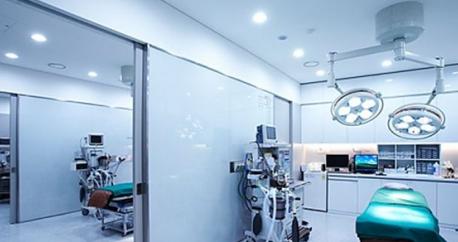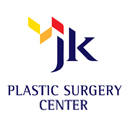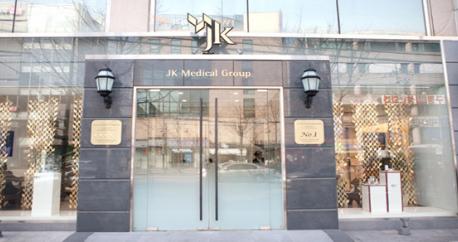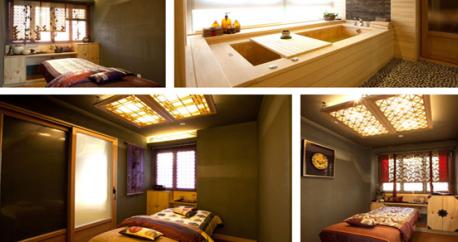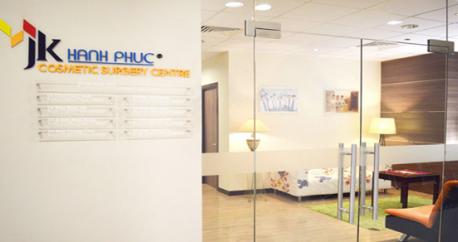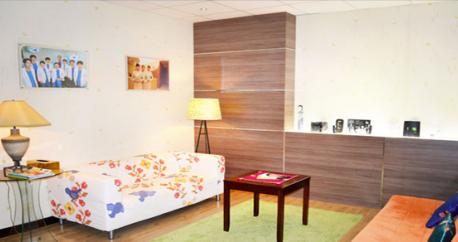Orthognathic surgery is surgery to correct conditions of the jaw and face related to structure, growth, sleep apnea, TMJ disorders, malocclusion problems owing to skeletal disharmonies, or other orthodontic problems that cannot be easily treated with braces. It is also used in treatment of congenital conditions like cleft palate. Bones can be cut and re-aligned, then held in place with either screws or plates. Orthognathic surgery is performed by either an oral and maxillofacial surgeon or a craniofacial surgeon in collaboration with an orthodontist. It often includes braces before and after surgery, and retainers after the final removal of braces. Orthognathic surgery is often needed after reconstruction of cleft palate or other major craniofacial anomalies. Careful coordination between the surgeon and orthodontist is essential to ensure that the teeth will fit correctly after the surgery.
Mandible Reduction
Jaw or mandible reduction is a type of aesthetic plastic surgery to narrow the lower one-thrid of the face. A slender profile can be achieved by reducing the mandible angle - tapering jaw bone to give a more triangular shape. The cause of a large mandible could be either developmental or congenital. Chewing gum, clenching teeth, or bruxism can contribute to enlargement of masseter muscle or maxillary bone.
Who is the ideal candidates for mandible reduction?
- ① Those with square shaped mandible
- ② Those whose mandible is squared and also protruding
- ③ Those who wish to have V-shaped mandible
Types of Mandible Reduction Surgery
V-Line Surgery
After cutting lower chin bone into 3 vertical sections, delete the center piece and reposition remaining pieces to the center. Fixate them to the upper chin bone, and shave off outer edge of upper chin bone to create a smooth v-line.
Advantages
- Definite V-line effects
- Minimize drooping chin line
- Possible to reduce the chin length or reposition protruding chin
- Less risk of nerve damage
3D Reduction Surgery
Provide maximum effect by combining mandibular contour resection to improve side profile, angle-splitting ostectomy to dramatically reduce the width of lower face, and the high-frequency myectomy to remove enlarged masseter muscle.
Laser Surgery
Cut the bone with water drops filled with laser.
Advantages
- Possible to cut bones in confined areas, which enables surgeons to create smooth line when performing osteotomy.
- Pain and bleeding are minimal
- Causes less damages on blood vessel, nerve and soft tissues
- Sterilize bacteria and prevent infections
- Effective for reducing pain after the surgery because it blocks nerve endings
- Laser light helps bone cells to regenerate
Retro Auricular Surgery
Make an incision behind the ear to cut away the angular vertex of a rear jaw.
Advantages
- Less down time for recuperation after the surgery
- Ideal for those who fear open-surgery
- For patients who don't have prominent square jaw from the front view
Post Management of Mandible Reduction Surgery
- Avoid taking aspirin or other hormone drugs before and after the surgery.
- Patients diagnosed with hypertension or diabetes must continue taking their prescribed medicine.
Cheekbone Reduction
Excessively high and wide cheekbones widen the mid face which cause either a square or oval appearance of the proportions between the forehead, cheeks and jaw line. A cheekbone reduction surgery can reduce anterior zygomatic prominence, making it look natural and proportionate to the rest of the face. It can be done through either a cheek shaving technique or cheek (zygomatic) osteotomies.
Who are the ideal candidates for cheekbone reduction?
- Those whose faces are flat and wide
- Those who often hear that they have stern impressions
- Those with facial discordance due to prominent cheekbones
- Those who look gaunt due to prominent cheekbones
Types of Cheekbone Reduction Surgery
The surgical methods change in accordance with the degree of the cheekbone prominence and its direction. Since the cheekbones tend to move 3-dimensionally, fractures must be made in the front and back of the cheekbones to enable the bone to move in order to place it in the position to go further inward than it actually is. After making the protruding cheekbones go inward, the bones must be firmly fixed. This is the method that has concerned the effectiveness as well as the safety of the surgery. Since majority of the cases have the complex cheekbone shape, these methods must be complexly used. Through the controlling by the degrees of fractures, the most appropriate reduction effects for cheekbones can be gained.
Cheekbone Osteotomy
Cheek osteotomies are used for more extensive reduction. The osteotomy is performed by making a small incision inside the mouth and another one on the temporal scalp using an endoscopy. The procedure is very accurate and safe and almost painless. Bone cuts are made through the zygomatic buttress anteriorly and the attachment of the back end of the zygomatic arch to the temporal bone. This allows the whole length of the zygomatic bone to move inward, thus, creating a narrowing effect in the width of the face.
Cheekbone Shaving
Cheek shaving is used to reduce an isolated anterior zygomatic prominence. While it narrows the front part of the cheek, it doesn't make a big difference in the width of the face. It is done from an intraoral incision and a burr is used to take down the volume of the zygoma.
Frontal Cheekbones
This is the condition where the cheekbones are protruding in the frontal direction. For this to go inward, the frontal portion of the maxilla or the cheekbone itself must be grinded to reduce the thickness of the bone. However, since the thickness of the bone in this portion is not all that thick and the insides are mostly occupied by emptiness, there are limitations to reduce the degree of protrusion by grinding the bone.
45 Degree Cheekbones
This is the condition where the cheekbone is overly developed in the area between the front and side. Other than the method of grinding the bone to reduce the protrusion in this area, the cheekbones itself must be moved to a place that is further caved in. Hence, the fracture must be made in the body and the zygomatic arch of the cheekbones to enable the moving of the cheekbones and firmly fixate the cheekbone after it has moved to an appropriate degree.
Side Cheekbones
This is the condition where the side portion of the cheekbones, the zygomatic arch area, is overly bent or protruding to observation. Since the cheekbone has to move for this area to go in, the fracture is made in the body and the zygomatic arch of the cheekbones to move at the proper degree to make the zygomatic arch go in for fixation.
Post Management of Cheekbone Reduction
- Try to take deep breaths and spit out phlegm regularly for 2~3 days.
- Don't eat any food until the digestive system becomes active. (8 hours after surgery)
- Avoid alcohol and smoking for a month.
- The fasting period will be determined by the doctor after the surgery.
- After fasting, start with water and change over to milk, soup and porridge.
- Avoid hard food for 2 weeks after the surgery.
- Patients cannot brush teeth for 2 weeks after the surgery. Gargle with the provided fluid.
- Wash mouth with clean water immediately after eating, then finish with the gargle.
- There is no need to take the suture out since it gradually melts down.
- Prescribed medications must be taken as directed to prevent infections.
- Wear a pressure mask for 5 days to minimize swelling after the surgery.
- Place your head high while sleeping to relieve swelling after the surgery.
- It is recommended to do light daily activities for faster recovery.
- Swelling can go up to eyes. Massaging with ice packs can relieve the swelling.
